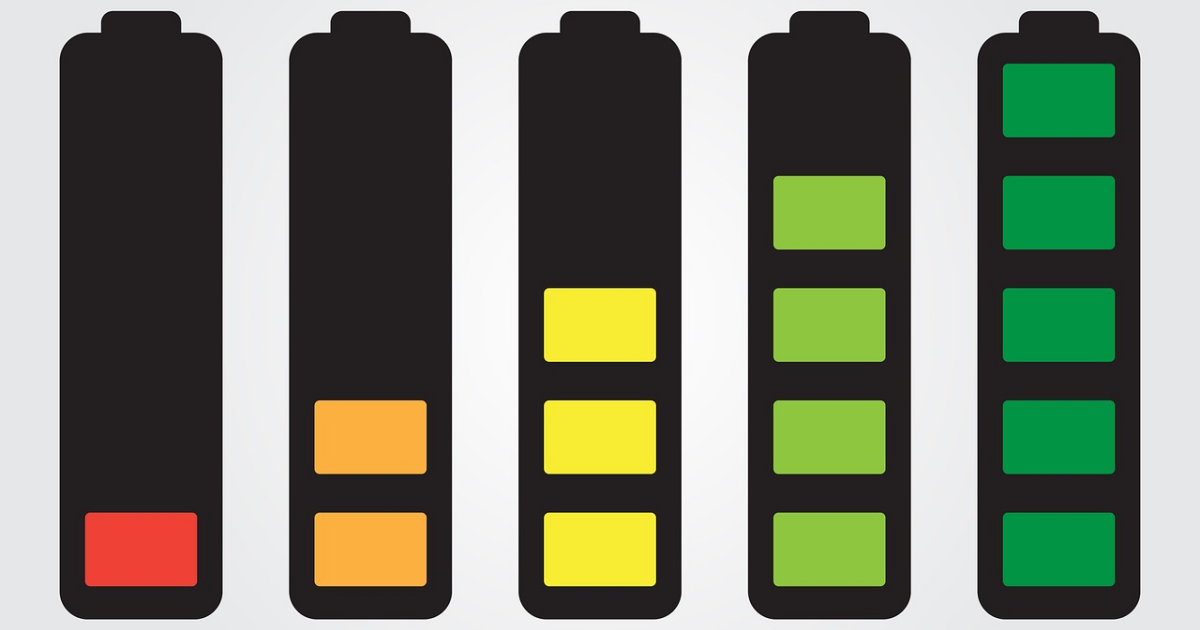
Image: Manuchi
Research firm Wood Mackenzie predicts Australia’s cumulative energy storage capacity will reach 2.7 GWh this year.
The company says Australia is set to add 1.2 gigawatt-hours of energy storage capacity in 2020, more than double the 499 MWh that was installed last year. This year will also be the first time front-of-the-meter (FTM) capacity will overtake behind-the-meter (BTM), with FTM pegged at 672 megawatt-hours BTM capacity at 581 MWh.
As the term suggest, behind-the-meter refers to devices that are on the energy consumer’s side of the meter, such as home solar battery storage. So, how many batteries is 581 MWh? It depends as home and BTM commercial energy storage units come in all sorts of capacities, but basing it on the Tesla Powerwall with a usable storage capacity of 13.5kWh, it would work out to the equivalent of around 43,000 Powerwalls.
While FTM energy storage is expected to eclipse BTM installed capacity this year, Wood Mackenzie senior analyst Le Xu says this may not continue.
“The FTM market’s leading position is likely to be short-lived as the industry faces many uncertainties. The coronavirus-led restrictions and economic downturn could cause delays or cancellations to the 4.6 GWh announced projects in the pipeline over the next five years.”
With government funding drying up, Ms. Zu says revenue uncertainties and risks of grid connection may prevent projects from attracting private funding, and the FTM segment is likely to contract next year.
Looking further ahead, Wood Mackenzie estimates that by 2025, Australia’s cumulative energy storage will reach 12.9 GWh. Of that total, 4.2 GWh is attributed to FTM capacity, with most of that being solar-plus-storage – where a solar power plant paired is paired with battery storage.
“The costs of energy storage systems will decline 27% over the next five years,” said Ms. Xu. “By 2025, the levelised cost of electricity (LCOE) of both solar-plus-storage and solar-and-wind-plus-storage are expected be cheaper than gas plants.”
The Perils Of Energy Storage Uptake Prediction
Wood Mackenzie’s prediction for 2025 leaves 8.7 GWh being cumulative behind-the-meter capacity. That’s a big jump.
Forecasting home energy storage uptake in particular has proven to be a very tricky business in Australia. SQ’s Ronald recently shared his thoughts on why home battery forecasts have been staggeringly wrong for years. In 2016, one of the predictions bandied about was 250,000 home batteries would be installed in Australia by 2020. As it turned out, there were around 73,000 in place at the start of this year.

 RSS - Posts
RSS - Posts



Hi Michael, keen to know where you got the 73,000 batteries figure from. The CER website quoted 27,000 of solar PV with concurrent battery storage as of 2020. I noted that this data is based on voluntary disclosed data that were installed at the same time as solar PV but I am not aware of any other publicly available dataset